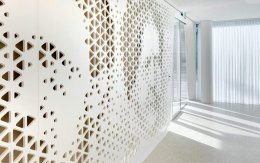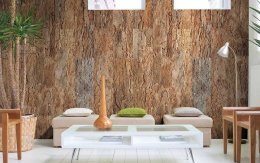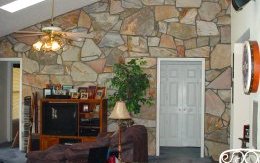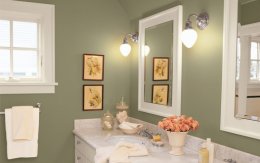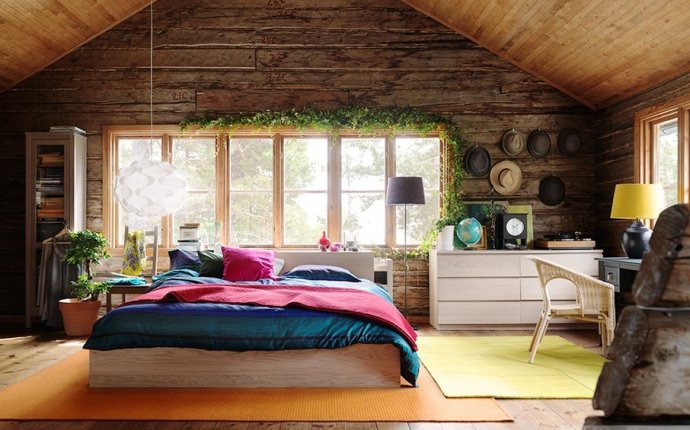
Modern Separation Of Walls
 The wall division gives a general impression of the interior. The naked and empty walls go back to the past, and they are replaced by different wall separation options. The selection of materials for the separation of walls is based on their own taste and budget. We'll look at the most popular separation materials for the inner walls for any taste and wallet.
The wall division gives a general impression of the interior. The naked and empty walls go back to the past, and they are replaced by different wall separation options. The selection of materials for the separation of walls is based on their own taste and budget. We'll look at the most popular separation materials for the inner walls for any taste and wallet.
Obi
These are the most common materials for wall separation. Well, first of all, his fundamental dignity is simplicity, cheap, and a huge choice of shades and drawings. Both of them will fit for any type of room. Depending on destination, a variety is chosen.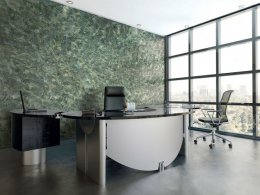 If it's a kitchen, the walls of vinyl rims that are easily purified from various pollutants can be removed. In the bathroom, it's better to use the vaults resisting to the moisture. If you need to cut the walls in the children's room, look at the mosquitoes. Despite the high cost, they're very practical. You don't have to redo your vows every time your active Chado decides to give you a surprise. There's a more cost-effective option. These are paper walls with a small density. To separate the walls in the living room, a version of the fluid, liquid, textile photowaves will be appropriate.
If it's a kitchen, the walls of vinyl rims that are easily purified from various pollutants can be removed. In the bathroom, it's better to use the vaults resisting to the moisture. If you need to cut the walls in the children's room, look at the mosquitoes. Despite the high cost, they're very practical. You don't have to redo your vows every time your active Chado decides to give you a surprise. There's a more cost-effective option. These are paper walls with a small density. To separate the walls in the living room, a version of the fluid, liquid, textile photowaves will be appropriate.
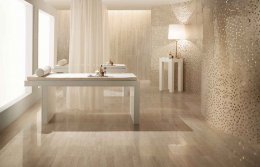 Decoration unit
Decoration unit
If you need modern materials to separate the walls, the decorative thing will be the perfect solution. Its class includes such popular materials as flock, Venetian and structural arts, rock powder and vintage. The decorative thing has a lot of dignity. It can be placed on any wall without prior equating the surface. It is also resistant to moisture and mechanical damage. With special technology for the use and use of collar mixtures, a unique pattern could be created, similar to none.
Plits
For the bathroom, the kitchen and the toilet, special materials are needed for the inside of the walls. Traditional has always been and remains a stove. It is resistant to moisture and high temperatures, purified and has a rich palitre of flowers and facture. The difficulty of mounting and the high price should be highlighted among the shortcomings of such material. Depending on the material, there are several types of stoves. Polyvinyl chloride, glass, foam, ceramic and quartz vinyl. The walls are most commonly ceramic.
